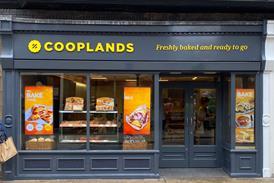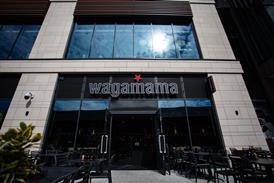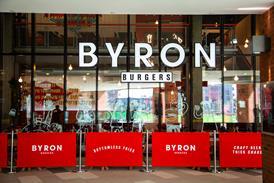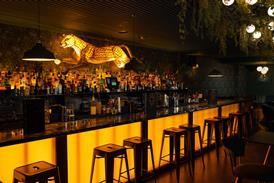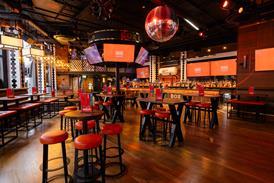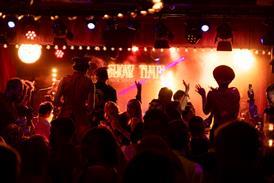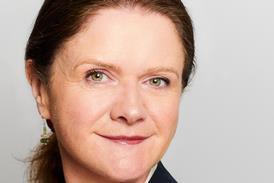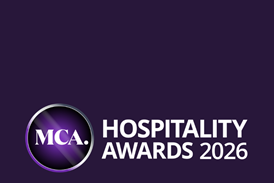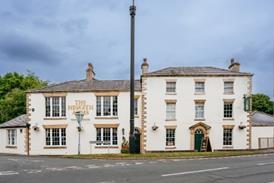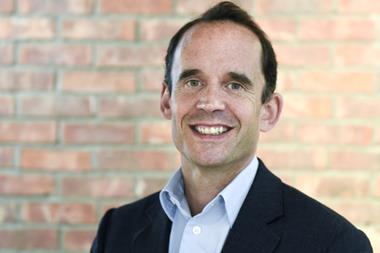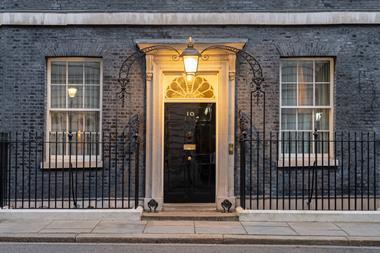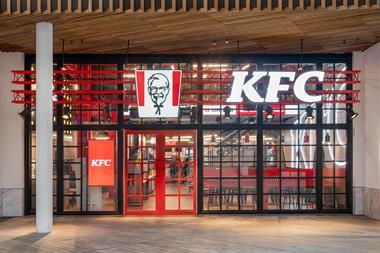With the recent anniversary of year since a Late Night Levy was imposed in Cheltenham, Clare Eames of licensing law specialist Poppleston Allen looks back at its implementation and reviews its impact:
Cheltenham introduced the Late Night Levy on 1 April 2014. This followed a twelve week consultation detailing the proposal and subsequent approval from full council.
With the anniversary of the introduction of the Levy in Cheltenham having just passed, this is an appropriate time to analyse and review its impact one year in to its adoption.
With this in mind, Poppleston Allen made a Freedom of Information request of the Council as to the impact of the Levy, comparing the data provided against what was proposed and projected in the Council’s levy report document. We also made a Freedom of Information request of Gloucestershire Police, in respect of the Levy and crime statistics related to this period.
This report summarises our findings and is based on the information provided by the Council on 25 March 2015, 29 April 2015 and 5 May 2015 and the Police on 2 April 2015 in response to our Freedom of Information requests.
Clare Eames, Partner at Poppleston Allen, explores the detail:
Summary of the Report:
We were advised that as of 20 March 2015, 123 premises contribute towards the Levy.
The Council report estimated that “approximately 218 licensed premises would be affected. Not taking into account any exemptions, reductions, licence variations…”
Interestingly, the amount of premises that actually contribute to the levy is almost half (56%) of premises estimated in the report to be affected, 95 less premises than estimated. Albeit that the projections stated that they did not take into account any exemptions, reductions or licence variation, the projections are some way off. The question may be asked as to why a projected figure was not initially provided for the number of premises likely to contribute to the levy taking consideration of the possible exemptions, reductions and licence variations which may have led to more accurate projections.
Number of Variations:
The Council confirmed that 47 premises reduced their hours by way of a minor variation without any council fee being paid, who would have been liable to pay the levy otherwise. That figure is over one fifth of those premises which the Council projected would be affected by the Levy, 22%.
Surrenders:
As a point of note, the Council confirmed that since 1 April 2014 and up to the 20 March 2015, 11 premises have surrendered their licences. We should highlight that this is a total figure for surrenders and they will have been made for various reasons and not just limited to licences liable to pay the Late Night Levy. This figure is similar to the same period for previous years, where 15 and 14 licences were surrendered in 2012-2013 and 2013-2014 respectively.
Proceeds and Expenses:
The Council report estimated that the gross revenue raised from the Levy would be approximately £199,000 (not taking into account any exemptions, reductions, licence variations and deductible expenses).
The Council confirmed that the revenue raised from the levy was £76,889.00 (£75,871.49 after expenses). This is less than half the revenue the Council estimated it would receive from the levy, only 39 % of the amount estimated.
Interestingly, The Home Office guidance on the Late Night Levy makes it clear that the Council must take in to account any financial risk, such as lower than expected revenue, prior to making a decision to adopt the levy. Similar to the Council estimate on the number of premises affected by the levy, the question may be asked as to why a projected figure was not provided for net Levy income which took into consideration exemptions, reductions, variations and deductible expenses which may have led to more accurate projections.
Expenses:
The Council estimated the cost to administer the Levy (‘expenses’) would be £6,268.51. This figure included initial consultation letters (postage) £74.91, statutory notice of the proposal £537.60, notice letters (postage) £59.40, statutory notice of the adoption £345.60 and cost of processing applications £5,251.00.
Oddly, the Council confirmed that the actual costs deducted from the Levy revenue for the first year are £1,017.51. This figure is the same as the total estimated costs minus the estimated costs for processing applications. Bizarrely, the Council confirmed that they ‘decided not to recover the cost of free variation applications’, which seems odd considering the Council confirmed they processed 47 minor variation applications to reduce hours on behalf of premises so that they would not be liable to the Levy.
Best Practice Scheme Reductions:
We asked the Council how many premises were permitted a 30% reduction from the Levy being involved in the best practice schemes through the Best Bar None and Night Safe.
The Council confirmed that 49 premises were permitted the reduction, which is 40% of those premises which contribute to the levy.
The Council report estimated that the net levy income will be reduced by approximately £23,000 if Members approved the reduction for best practice schemes. The Council confirmed that the actual figure that the net levy income was reduced by was £22,458.90, just slightly under what was expected.
Use of Proceeds by Police, Cheltenham Borough Council & the single Partnership programme:
Interestingly, both the Council and Police confirmed that the total levy proceeds have not yet been spent.
The Council confirmed that they have had discussions with the Police as to how the levy money will be spent. It was proposed within the Council report that, rather than see the Levy proceeds split between separate spending programmes, a single spending programme for Cheltenham would be agreed. The Council and Police confirmed that this has been agreed and is facilitated by a Late Night Levy Advisory Group that includes officers of the Police and Crime Commissioner (PCC), Police, the Council, Councillors and members of the licensed trade.
The Council and PCC websites confirm that both the Council and PCC have agreed that rather than using the levy funds to support existing services, the levy will be used to ‘fund preventative activities that will reduce demand both on policing and management of the night time economy.’
The Late Night Levy Advisory Group makes recommendations to the PCC and relevant Cabinet Member on the spending of the money, ‘The Late Night Levy Fund’.
It is perhaps surprising, considering the importance of The Late Night Levy Advisory Group, that the Council confirmed that the Licensing Advisory Panel has met only twice, on 9 October 2014 and 24 February 2015.
Process for spending Levy funds:
The Council confirmed that The Late Night Levy Advisory Group has been set up to review funding bids and makes recommendations to PCC and relevant Cabinet Member. They then take into account the advisory group’s recommendations and make final decisions on whether to approve funding or not.
In-line with the Council report, the Council confirmed “that the Late Night Levy will support projects that meet the following outcomes:
a) Promoting a greater diversity in the night time economy that is not solely focused on alcohol
b) Supporting better management of licensed premises and public spaces
c) Working together to support safe movement through the night time economy
d) Working together to reduce alcohol related health harms by preventing vulnerability, promoting safe drinking limits and reducing pre-loading
e) Working together to promote a clean environment”
Community groups, organisations and businesses in the county can make applications for funding projects that can meet the above outcomes.
How is The Late Night Levy Fund being spent:
The application deadline for funding for 2015/16 ended on 31 January 2015 and The Late Night Levy Advisory Group made recommendations as to these on 24 February 2015 following which the PCC & Cllr Andy McKinlay made a final decision.
Just over £67,000 of the Levy proceeds have been approved for spending, 88% of the total amount.
Proceeds from the Levy have so far been approved to be spent on the following:
• St Paul’s Streetwatch (Total = £885.90 including Lollypops = £218.70, Radios = £667.20)
• Purple Flag Coordinator, funding for a fixed-term contract full-time coordinator, who will work to obtain and maintain ‘Purple Flag’ status for the town, which is a symbol of excellent standards in the nigh-time economy. (Total = £30,974).
• The Hub Bistro (Total = £6388 -Funding was approved for research into an alcohol free venue in Cheltenham with the condition that the study is completed within six months and during that time future funding sources were explored)
• Hello Cheltenham Community Van ( Total = £16, 000). The Council confirmed that this is ‘a multi-use, flexible community van for use by a variety of partners including for use as a “hub” in the NTE [Night Time Economy].
• University Community Street patrol (Total =12,778). The Council confirmed the ‘project expands and develops an existing programme: the University of Gloucestershire / Students’ Union operated “Superstars Xtra”, which is a voluntary scheme providing support to patrons of the Night Time Economy one day a week’.
Interestingly, this leaves almost £9,000, nearly 12% of the total Levy proceeds, which has not yet been spent or even approved to be spent.
We asked the Council how information is provided to licensed premises regarding how the money from the levy is spent. The Council stated that the “trade is represented on the Late Night Levy Advisory Group [and] also [information is] communicated via NightSafe (Pubwatch) group.”
Police and Council Review of impact of the Levy
We asked the Council how the Levy is being reviewed as to its effectiveness and when the review would take place. The Council stated that “successful bidders of the use of the levy funds will be required to submit quarterly updates on the progress and impact of their projects that received [Levy] funding. Most projects will be paid quarterly once the progress updates have been assessed by the advisory group”. At the time of the Council response, the first quarterly update meeting had not taken place.
The Council report stated that “the intention of the levy is to raise funds to contribute towards the costs of policing the late-night economy. Success [would be] if the net income produced by the levy… enables the Council and Police to develop and support initiatives which will improve the late night experience of residents and visitors in Cheltenham.”
The Council report added that “adoption of the levy will assist in further reducing crime and disorder and anti-social behaviour linked to the late night economy. This will promote confidence in Cheltenham as a safe place to live and visit. This will be measured by crime, anti-social behaviour and confidence statistics.”
We have requested the Council and Police provide crime, anti-social behaviour and confidence statistics relating to the implementation of the Levy and are currently awaiting a response.
Compiling and analysing such data will be an essential and vital element for the Council in reviewing the Levy and providing an insight into its impact a year on from its implementation. The Council report timetable confirmed that a review as to the effectiveness of the Levy is to take place “April 2015 and ongoing”. Therefore this review should be due imminently..
We will keep a keen eye on the Council’s review of the Levy and provide our views on the findings, updating our report on the impact of the Levy accordingly.


